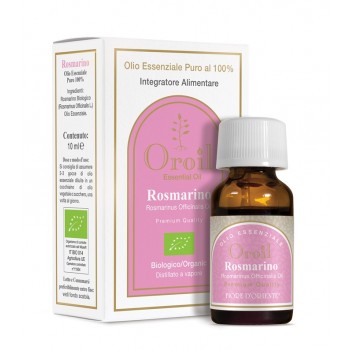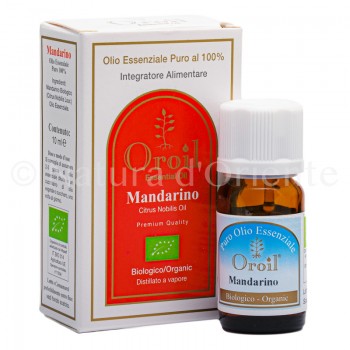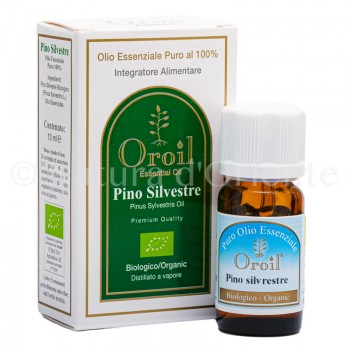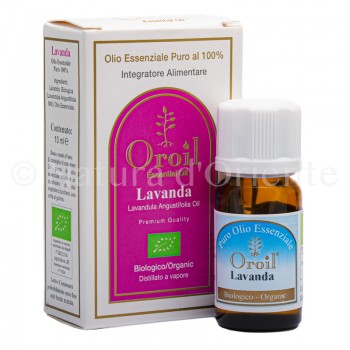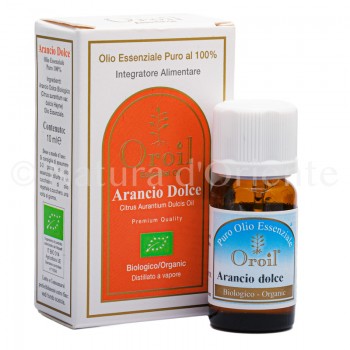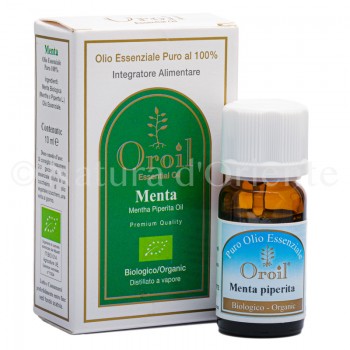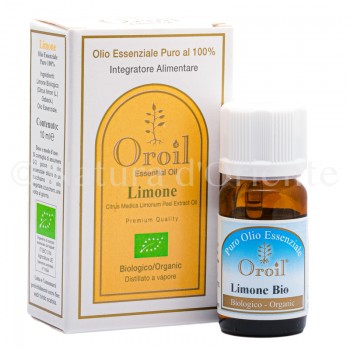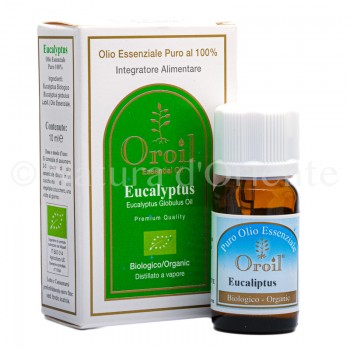Lavandula essential oil obtained from a species of hybrid lavender obtained from the cross between medicinal lavender and another species of the genus lavandula has essentially the same properties as the essential oil of lavender, is a calming and anti-inflammatory. The plant and the production of the essential oil The sink is an aromatic plant of the Lavandula genus and is a hybrid obtained from the cross between Lavandula angustifolia and Lavandula latifolia. The scientific name is Lavandula x intermedia but it is also known as Lavandula hybrida, but this name can sometimes generate confusion because in some botanical texts it is used as a synonym for Lavandula latifolia. In reality the lavander is the most cultivated species in Provence, this because it has a much higher yield (yield per hectare 4 times higher) than the medicinal lavender (Lavandula angustifolia) in the production of essential oil which is therefore cheaper and therefore appreciated by the perfume industry. The plant is also beautiful to look at, the color is the purple typical of all lavender flowers, the ears are conical and it looks like large bushes that can grow up to 80-90cm in height. It has a weak point, the cold, it is among the species of lavender that suffers from it the most and in fact it is cultivated at lower altitudes than medicinal lavender, up to a maximum of 600 meters above sea level.
Properties of the essential oil of lavandin
As we have anticipated, they are essentially the same as those attributed to lavender essential oil, i.e. the depressing effect on the nervous system has a calming and pain-relieving activity. Muscle relaxant and soothing properties are also attributed to lavender, for example against small inflammations from insect bites.
Internal use of lavandin essential oil
It should be remembered that the fact that an essential oil is certified for food use does not mean that you need to be very careful when doing so, the opposite is true, oils that have not been indicated should absolutely not be ingested which are certified as food supplements. If you need to do it, it is better to be followed by an expert, however in principle we can say that the daily dose of lavander essential oil that can be taken safely is a maximum of 3 drops (120mg), you can put them on a cube of sugar. The calming effect can also be obtained by external methods of intake, essentially inhalation, the internal use obviously involves a more powerful effect. Furthermore, the calming and pain-relieving effect also acts on the intestine and in this case, obviously, oral intake is the preferred one.
External use of lavander essential oil
Lavender and also its sink version are among the most loved essences in aromatherapy, as we wrote in the paragraph on production given the much higher yield per hectare when you read lavender essential oil in industrial products it is very likely that it is actually lavander essential oil. A few drops added to soothing creams in case of muscle fatigue or insect bites can prove to be an excellent adjuvant to their action. Another way to take advantage of the relaxing effect of the sink is to add a few drops in the tub for a relaxing bath (as with all essential oils, it is better to add it to the salts to be dissolved in the tub because essential oils are not water-soluble). The use in aromatherapy has three different purposes: the simple perfuming of rooms with a generally appreciated aroma, the repellent action on insects and the calming action on the psyche (it goes without saying that for the latter use a more direct and close use like inhaling from a handkerchief they've been on


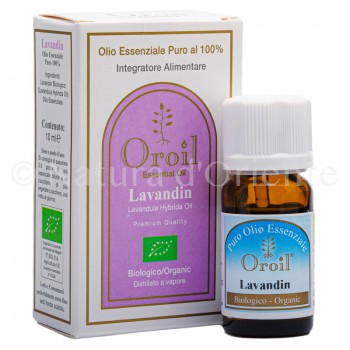
 No reward points for this product.
No reward points for this product.
